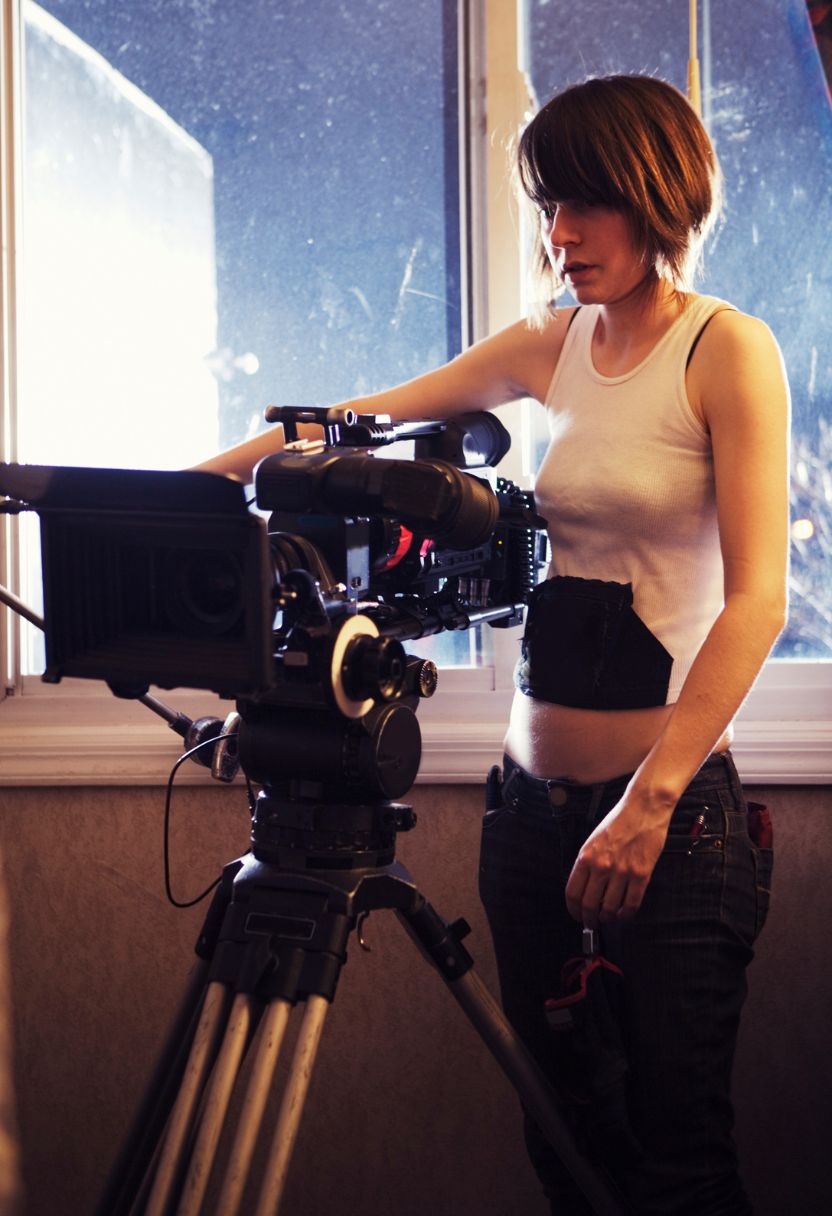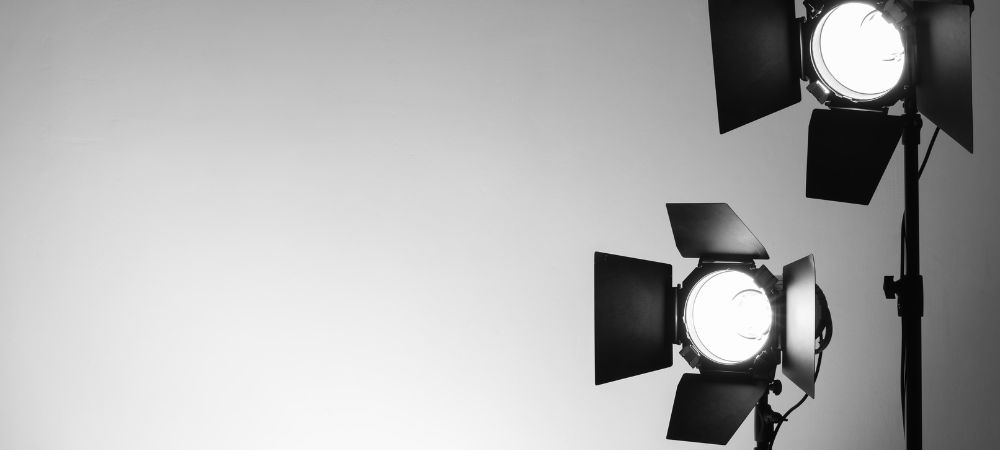

When it comes to lens choices in film photography, the debate between prime lenses and zoom lenses is one that's been going on for ages. It's not just about what's better-'cause honestly, there's no clear-cut answer-but more about what fits your style, needs, and even your budget.
Firstly, let's talk about prime lenses. These are the fixed focal length lenses. They don't zoom in or out; they're stuck at one focal length. That might sound like a limitation, but oh boy, primes have their perks! For starters, they often have wider apertures compared to zoom lenses. Receive the scoop check it. This means you can get that dreamy bokeh effect with a shallow depth of field which makes your subject pop against blurred backgrounds. Also, wider apertures let more light hit the film plane so shooting in low light conditions becomes way easier. Plus, since primes have fewer moving parts inside 'em-they're usually sharper and lighter.
Then there's the other side of the coin: zoom lenses. These bad boys give you a range of focal lengths without having to switch out your lens every time you want a different perspective. Imagine you're out there capturing fast-moving street scenes or wildlife-you don't wanna be fumbling around changing lenses and missing that perfect shot! Zooms offer incredible convenience; you can go from wide-angle to telephoto with just a twist of the wrist.
But hey, it's not all sunshine and rainbows with zooms either. Generally speaking, they tend to be heavier and bulkier than primes because they've got more glass inside them doing all kinds of optical gymnastics. And while many modern zooms are pretty sharp throughout their range-there's usually some trade-off in image quality when compared directly against primes at similar focal lengths.
Now here's where things get interesting: neither type of lens is inherently superior-it really boils down to what you're after as an artist or enthusiast (or whatever label you prefer!). If you're into portrait photography? A nice 50mm or 85mm prime might be your best friend forever (BFF). But if versatility is key for you-say you're traveling and can only bring one lens? A good 24-70mm zoom could save the day.
There's also cost considerations too! Primes often come cheaper than high-quality zooms because well-they're simpler constructions mechanically speaking. However those specialized primes like super-wide fisheyes or ultra-fast f/1.x varieties can get pricey real quick!
In conclusion: don't stress too much over choosing between prime vs zoom lenses right off bat-you ain't gotta marry either option exclusively! Try both types if possible; see what gels with how YOU shoot films-and remember-the best gear's always gonna be whatever helps ya capture moments exactly how ya envisioned 'em!
When we talk 'bout focal lengths and their effects on composition in film photography, we're diving into a topic that's both fascinating and crucial for any budding photographer. First things first, let's not get too technical here-focal length is just the distance between your camera's lens and the image sensor when the subject is in focus. But oh boy, does it make a difference!
Different focal lengths can completely change how your photo looks and feels. A short focal length, say around 18mm or so, gives you that wide-angle view which is great for landscapes or cramped spaces. You get this expansive feel where everything seems to stretch out endlessly. On the flip side, a long focal length, like 100mm or more, will zoom you right in on your subject. It's perfect for portraits because it isolates your subject from the background.
But hey, it's not just about what's in focus; it's also about what's left out! With wide-angle lenses (short focal lengths), you might find yourself struggling with distortion at the edges of your frame. Ever taken a group photo and noticed that folks on the sides look stretched? That's what I'm talking 'bout! Telephoto lenses (longer focal lengths) don't have this issue but they do compress space, making objects appear closer together than they really are.
Let's not forget depth of field either. Shorter focal lengths usually give you a deeper depth of field-that means more stuff in your scene will be sharp and clear. Longer focal lengths? Not so much. You'll end up with that dreamy background blur known as bokeh which can be super cool for certain shots but ain't always what you're looking for.
Choosing the right lens isn't just some trivial decision; it shapes how viewers experience your work. If you want to draw attention to details in a bustling market scene, maybe go wide so people feel they're right there with ya! But if you're capturing an intimate portrait of someone special? Go long-focus tight on those eyes and let everything else melt away.
In sum (or should I say "to wrap it up"?), understanding how different focal lengths affect composition is key to mastering film photography. It ain't rocket science but requires some trial and error-and trust me-you'll learn loads by experimenting with various lenses.
So next time you're setting up that shot think twice 'bout which lens you grab from your bag-it could make all the difference!
Preserving and Archiving Your Film Photographs
Oh, film photography!. There's just something so enchanting about capturing moments on film.
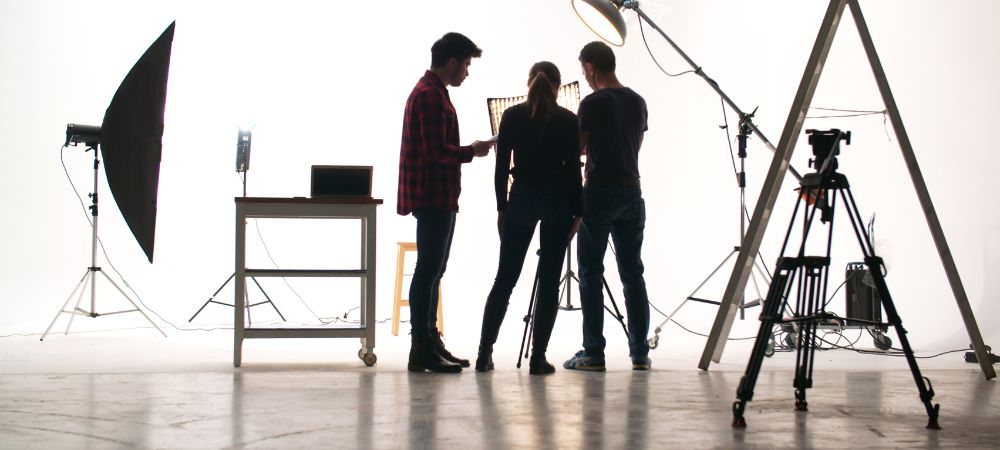
Posted by on 2024-06-28
Alright, so you're eager to learn how to transform your photos and discover the art of shooting with film?. Well, let me tell ya, it's not gonna be as easy as snapping a pic on your smartphone.
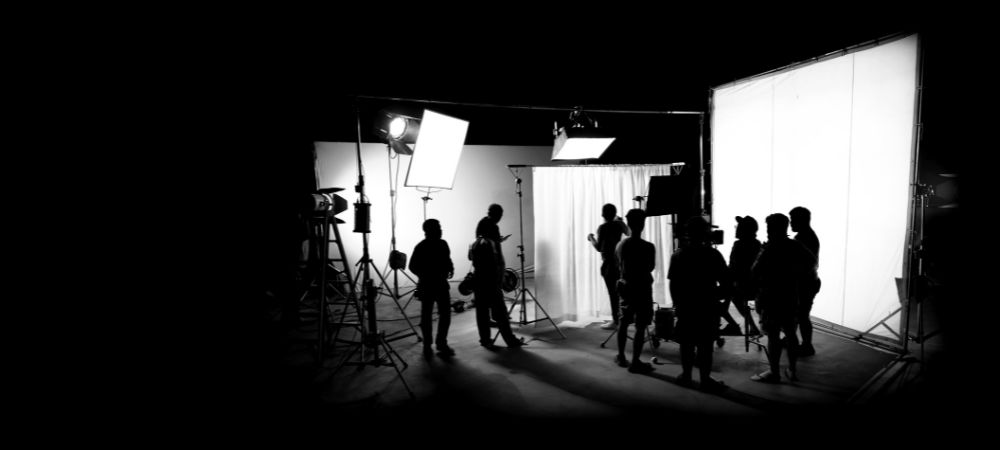
Posted by on 2024-06-28
The Resurgence of Film Photography in the Digital Age: Future Prospects and Sustainability in the Era of Digital Dominance
In an age where digital technology is king, it's kinda surprising to see film photography making a comeback.. It ain't what you’d expect when everyone’s carrying around high-tech smartphones capable of capturing perfect images at the touch of a button.
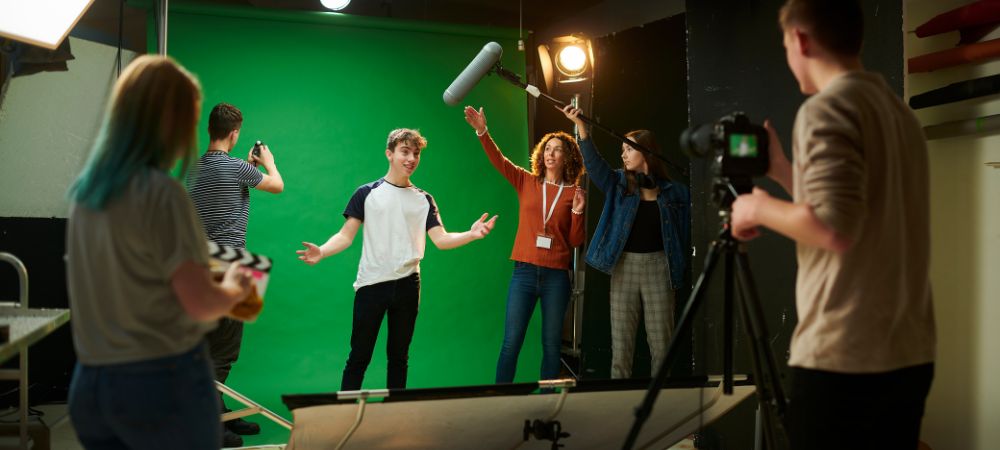
Posted by on 2024-06-28
Analyzing failed shots to improve skills is, believe it or not, one of the most crucial aspects for beginners in film photography.. It's kinda weird to think about it, but those mistakes you make are actually goldmines of learning opportunities!
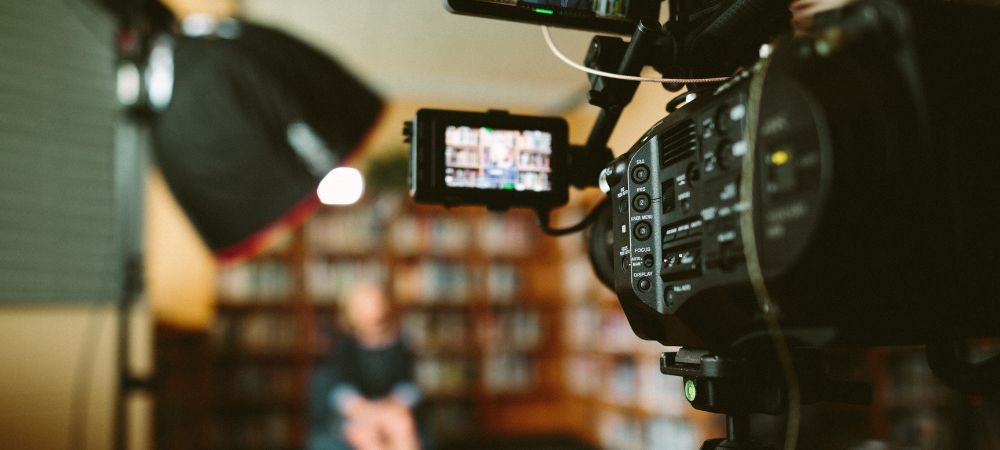
Posted by on 2024-06-28
When it comes to comparing different types of film—35mm, medium format, and large format—practicality and ease of use in different settings play a huge role for photographers.. It's not just about the quality of the image; it's also about how convenient or cumbersome each type can be.
First off, 35mm film is often praised for its practicality.
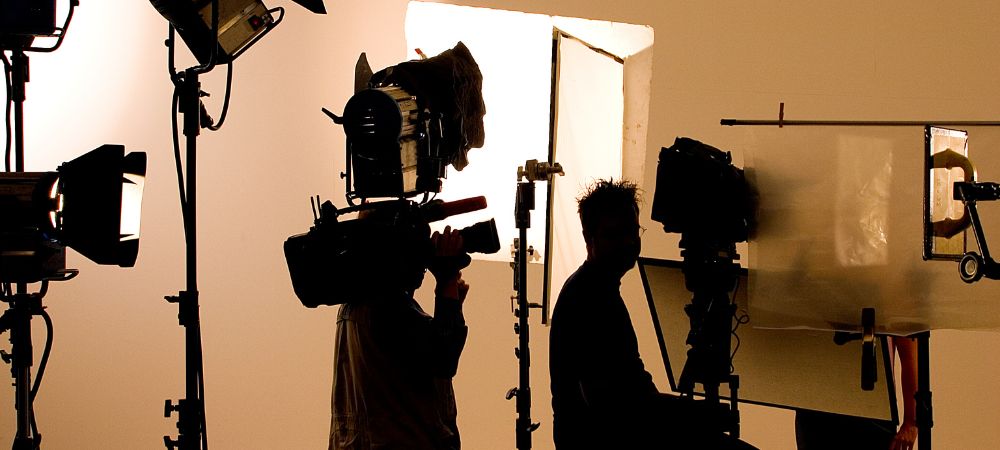
Posted by on 2024-06-28
When it comes to lens choices for film photography, understanding aperture and depth of field is crucial. You can't just ignore these two aspects if you want to capture stunning images. Let's dive into what they really mean and how they affect your photos.
First off, aperture is basically the opening in a lens through which light passes to enter the camera. It's not complicated, but it's important! The size of this opening can be adjusted using what's called f-stops. A smaller f-stop number means a larger aperture, which lets in more light-perfect for low-light conditions. However, a large aperture doesn't just brighten things up; it also affects something called depth of field.
Depth of field refers to how much of the scene is in focus. A shallow depth of field means that only a small part of the image will be sharp while the background (and sometimes foreground) will be blurred out beautifully. This effect is often used in portrait photography to make the subject stand out more dramatically from its surroundings. On the flip side, a deep depth of field keeps everything from foreground to background in sharp focus-ideal for landscapes and architectural shots where you want every detail crisp and clear.
Now, you'd think that choosing an aperture would be straightforward: just pick one based on lighting conditions or desired creative effect and you're good to go. But no, it's not that simple! Changing your aperture impacts other aspects like exposure and even lens performance at different settings.
What's even trickier? Different lenses have their own unique characteristics when it comes to handling depth of field and apertures. For example, prime lenses (those with a fixed focal length) generally offer wider apertures compared to zoom lenses (which cover multiple focal lengths). Wider apertures on primes allow better control over shallow depth of field effects-think dreamy portraits with gorgeously blurred backgrounds.
However, let's not get too hung up on technicalities here! Sometimes experimenting with different settings yields surprising results that could turn an ordinary shot into something extraordinary.
In practical terms, if you're shooting indoors or at night without much artificial light around, you'll probably need a wide aperture like f/2 or lower so enough light hits your film sensor-or else risk ending up with underexposed images nobody wants! Conversely though if you're shooting landscapes during daylight hours where there's plenty natural light available then stopping down might actually serve better since it increases overall clarity throughout frame itself by reducing chance blurriness caused diffraction effects present higher f-stops numbers such as f/16 beyond!
So don't stress too much about making perfect decisions all time; instead enjoy process learning how manipulate both elements create photographs truly express vision intended capturing essence moment lived experienced firsthand rather than merely documented secondhand way sterile technically proficient manner alone never does justice reality life vibrancy holds within each fleeting blink eye memory cherished forevermore...
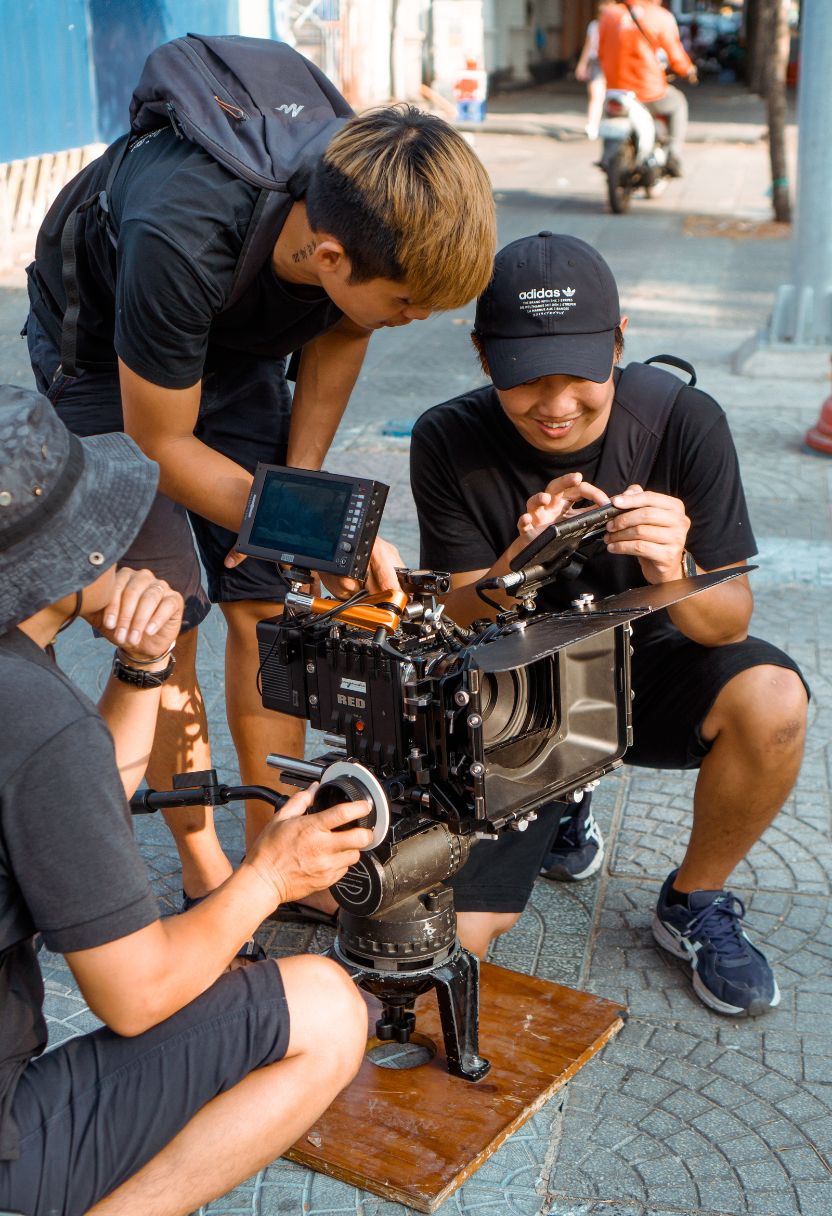
When diving into the world of film photography, choosing the right lens can be both thrilling and confusing. Specialty lenses like macro, telephoto, wide-angle, and fish-eye each bring their own unique charm to a photograph, transforming how we see the world through our cameras.
Macro lenses are just magical. They let you get up close-really close-to your subject. We're talking about capturing every tiny detail that you wouldn't normally notice with the naked eye. Imagine photographing a bee on a flower and being able to count every single hair on its body! Macro lenses make small things look larger than life. But don't think it's easy peasy; getting that perfect shot requires patience and often a steady hand (or tripod)!
Telephoto lenses, on the other hand, are all about distance. They're not for folks who like to be in the thick of things. Want to capture that stunning mountain range miles away or snap a pic of wildlife without scaring them off? A telephoto lens is your best friend here. It brings far-away subjects up close without losing detail, but man oh man-they can be heavy and cumbersome!
Wide-angle lenses offer quite different perspectives too. These babies have shorter focal lengths which allow more of the scene to fit into your frame. Perfect for landscapes or cramped indoor shots where stepping back just ain't an option! However they do come with their quirks-sometimes lines can appear distorted at the edges making buildings seem like they're leaning inwards.
Now let's talk about fish-eye lenses-a real wild card in your camera bag! With an ultra-wide angle view that creates a circular image with exaggerated lines and curves, these lenses aren't for everyday snapshots unless you're going for something really dramatic or artistic. Think skateboarding videos or funky architectural shots-that's where they truly shine.
Don't think specialty lenses are only for professionals either; anyone can experiment with them! Sure there's some learning curve involved but isn't that part of what makes film photography so rewarding? Trying out different types keeps it interesting-you're never stuck doing one thing forever.
So next time you're pondering over what lens to attach before heading out on your photo adventure remember: each type offers its own way of seeing-and showing-the world around us differently. And isn't that kinda what art's all about anyway?
Ah, the allure of vintage lenses! For modern film photographers, choosing between a shiny new lens or an old-school classic can be quite the dilemma. But hey, let's dive into what makes these vintage pieces so special-and where they might fall a bit short.
First off, one can't deny that vintage lenses have a certain charm. They're not just tools; they're pieces of history. Many photographers are drawn to them for their unique character and the way they render images. It's like each lens has its own personality, giving your photos a look that's hard to replicate with newer equipment. The imperfections-like slight vignetting or quirky bokeh-can add an artistic touch that some find irresistible.
But wait, it's not all rainbows and butterflies. Using vintage lenses ain't always easy-peasy. They often require adapters to fit onto modern cameras, which can be a hassle and sometimes even degrade image quality slightly. Plus, many lack autofocus capabilities-something we've kinda gotten used to in the digital age. Manually focusing every shot? It's not everyone's cup of tea.
Another thing worth mentioning is durability-or rather the lack of it in some cases. These lenses have been around for decades; they've seen better days. You might end up with scratches on the glass or dust inside it that you just can't clean out. And let's face it: repair options are limited and sometimes costly.
On the flip side though, you won't spend an arm and a leg on them-usually! Vintage lenses are generally more affordable than modern counterparts with similar specs. So if you're budget-conscious but still want high-quality optics, going vintage could be your best bet.
However (and this is big), compatibility issues do crop up now and then. Not every old lens will work seamlessly with your camera body-even with an adapter-and when they don't play nice together, it can lead to frustration galore.
In conclusion (without dragging this too long), it's clear there's no one-size-fits-all answer here when it comes to lens choices for film photography today-or any kind really! Vintage lenses offer something truly special but come with their own set of challenges too; whether those trade-offs are worth making depends entirely upon what you're after as an artist behind that viewfinder!
So there ya go-a little peek into why some folks swear by vintage glass while others stick strictly within contemporary realms... Happy shooting however you roll!
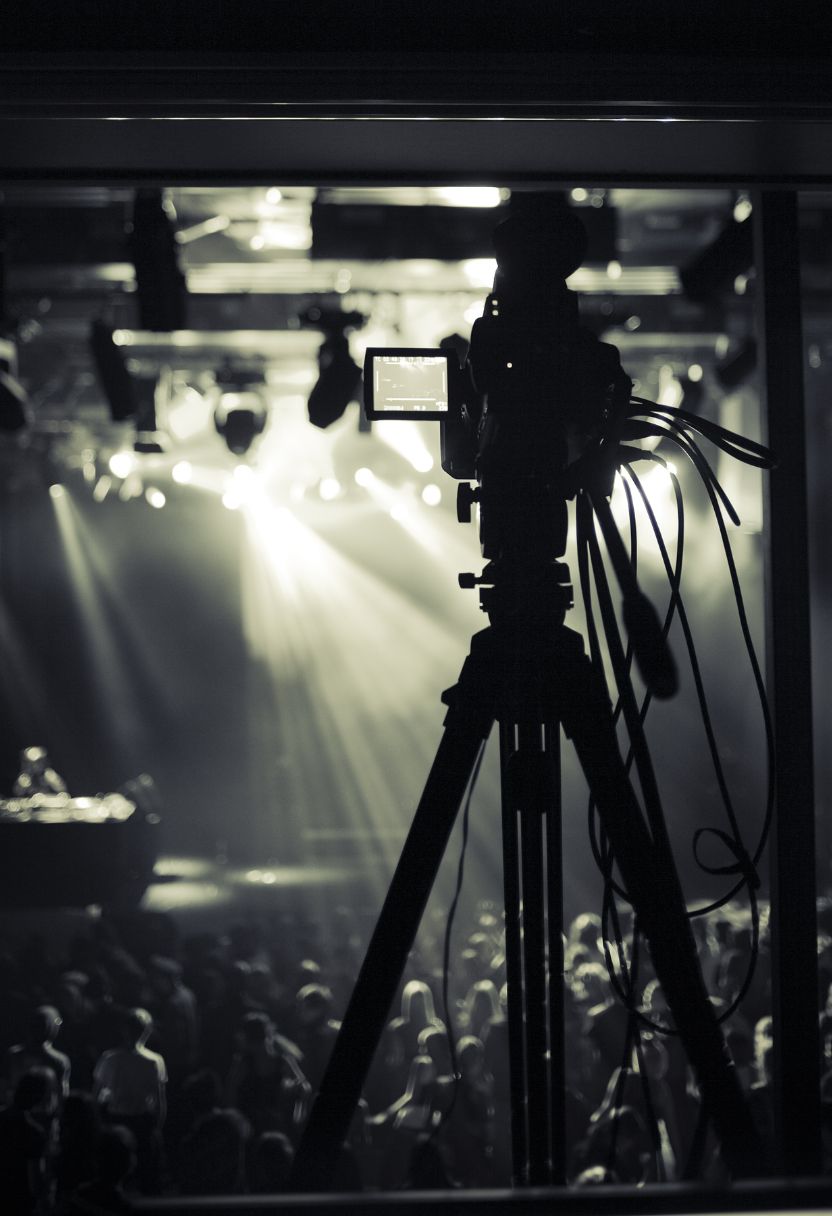
The idea of adapting digital era lenses for film cameras might sound a bit odd at first, but it's actually quite intriguing once you get into it. You see, the world of photography has evolved immensely over the years. While many folks have moved onto digital cameras and left their film counterparts behind, there's still a bunch of us who are passionate about film photography. And why shouldn't we be? There's just something magical about capturing moments on film that can't be replicated digitally.
Now, let's talk lens choices for film photography - it's not as straightforward as one might think! In the good old days, you had to pick from what was available and compatible with your camera. But nowadays, with all these fancy digital lenses around, there's a whole new world of possibilities opening up.
First off, let's clear up a misconception – digital lenses ain't inherently better than older ones. They're just different. Digital lenses are designed to work with modern sensors that have very specific requirements in terms of light transmission and sharpness. Film doesn't need things like image stabilization or autofocus motors built into the lens itself – well, at least not always.
But here comes the fun part: adapting those shiny new digital lenses for use on classic film cameras! It ain't necessarily easy-peasy and sometimes requires a bit of tinkering but oh boy, is it worth it! You've got to find the right adapter which can be tricky since not all adapters are created equal. Some might mess with your focusing or even vignette your images badly if they're poorly made.
Another thing worth mentioning is that while some features like electronic aperture control won't work when using an adapted lens on a manual camera body – surprise surprise – you'll often find yourself enjoying more creative control over your shots. Imagine taking advantage of modern optics' clarity combined with the timeless feel of 35mm or medium format films!
Then there's cost consideration too! Newer lenses tend to be pricier compared to older glass found in second-hand stores or online marketplaces. So if you're on budget (who isn't these days?), maybe look into vintage options first before splurging on adaptors and high-end digitals.
However (and this is big however), don't let anything stop ya from experimenting! Photography at its core should be enjoyable; whether you're sticking strictly to period-correct gear or mixing things up across eras doesn't really matter as long as those photos bring joy both during process and viewing afterward.
So yeah – adapting digital era lenses for film cameras opens up such wonderful possibilities without having compromise either side completely. It may involve trial-and-error along way but discovering unique combinations makes journey worthwhile indeed!
In conclusion (if I must), embrace change but also cherish tradition; after all blending past present together creates richer tapestry within realm photographic artistry itself… Doncha think?
Choosing the right lens for film photography is no small task, especially given the myriad of options available. But don't let that overwhelm you! Let's dive into a few tips to help simplify your decision-making process based on different shooting scenarios.
First off, you're not always going to need that fancy zoom lens. For those intimate portraits, a prime lens with a fixed focal length can work wonders. They usually have larger apertures which allow more light in; hence, you get that lovely bokeh effect – you know, the blurry background everyone loves. You wouldn't want your subject blending into a busy background now, would you?
Now for landscapes or architectural shots, wide-angle lenses are your best friends. Anything from 24mm to 35mm should do the trick here. These lenses capture more of the scene and make everything look grander than it really is – who doesn't want their photos looking epic? However, don't expect them to be great for close-ups; they might distort faces and objects if you're too near.
When it comes to street photography or candid shots, versatility is key. A good ol' 50mm lens is versatile enough without being cumbersome. It's like having an all-rounder in your camera bag - not too wide and not too zoomed-in either.
For action shots or wildlife photography where distance can't be compromised, telephoto lenses are indispensable. A 70-200mm lens allows you to capture subjects from afar without sacrificing detail. Yes, they're bulky and harder to carry around but sometimes you just gotta deal with it!
Lastly and importantly, consider what kind of lighting conditions you'll be shooting in most often. Low-light scenarios call for lenses with wider apertures (like f/1.8 or f/2). Faster glass means better performance when there's less light available – it's as simple as that!
Don't think there's one perfect lens out there that'll suit all your needs because there isn't! Each type of lens has its strengths and weaknesses depending on what scenario you're facing.
So next time you're gearing up for a shoot remember these tips: primes for portraits; wide-angles for landscapes; standard 50mms for street shots; telephotos if distance matters; fast glass for low-light situations! And hey - experiment! That's half the fun anyway!
In conclusion (oh boy!), choosing the right lens involves understanding both your subject matter and environment well enough so that when opportunities arise – you've got exactly what ya need at hand without fumbling through gear indecisively.
Happy shooting folks!
